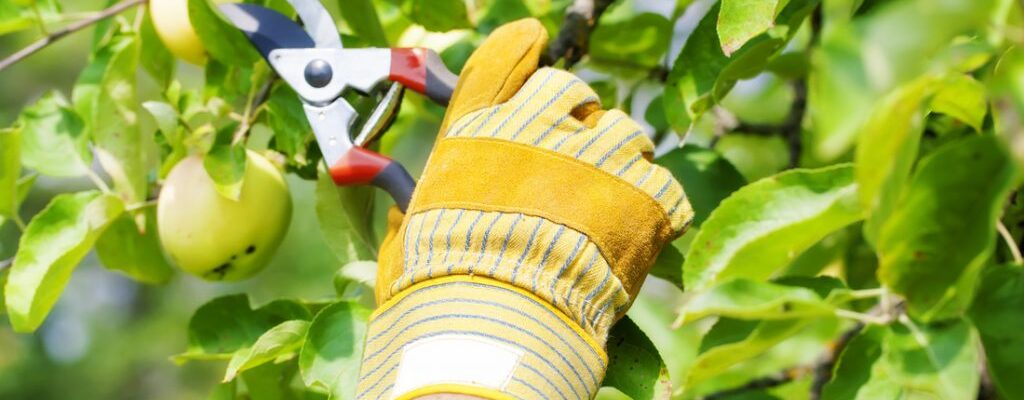The Art of Pruning: How to Keep Your Garden Healthy and Beautiful
August 22, 2023

Pruning is an essential practice for maintaining the health and beauty of trees, shrubs, and other plants in your garden. Not only does it help control their size and shape, but it also promotes new growth, improves their aesthetics, and reduces the risk of diseases and pests. However, pruning can also be risky and harmful if done improperly, causing damage to the plant or even injury to the pruner. Therefore, it’s crucial to learn the principles, techniques, and tools of pruning before you start hacking away at your plants. In this blog post, we’ll guide you through the art of pruning and share some valuable tips and tricks for a successful and safe pruning experience.
When to prune
The timing of pruning depends on the type of plant and its growth pattern. Generally, deciduous trees and shrubs (those that lose their leaves in fall) are pruned in late winter or early spring, while evergreens and flowering shrubs are pruned in late spring or early summer. However, some plants have specific flowering or growth habits that determine their pruning schedule. For example, spring-flowering shrubs like lilacs should be pruned right after they bloom, while summer-blooming ones like hydrangeas can be pruned in late fall or early spring. It’s essential to research the pruning requirements of each plant before you start cutting.
Why prune
There are several reasons to prune your plants, depending on your goals and the plants’ needs. Pruning can improve the plant’s health by removing dead, diseased, or damaged branches, which can harbor pests and diseases and limit the plant’s growth. Pruning can also shape the plant for aesthetic purposes, such as creating a symmetrical or unique form, or enhancing its flowers, fruits, or fall color. Additionally, pruning can control the plant’s size by removing excess growth and improving its air and light circulation.
How to prune
Pruning techniques vary depending on the plant’s type and purpose, but some general principles apply to all pruning. First, use sharp and clean tools, such as pruners, loppers, and saws, to make clean and precise cuts. Second, prune one branch at a time, cutting close to the collar (the swollen area at the base of the branch) without damaging the trunk or other branches. Third, avoid cutting too much of the plant at once, as it can shock it and impair its growth. Fourth, step back frequently and evaluate the plant’s overall shape and balance, making adjustments as needed.
Pruning tips and tricks
Here are some practical tips and tricks to make your pruning experience easier and more effective:
- When pruning a branch, cut it at a 45-degree angle to facilitate water runoff and healing.
- Use rubbing alcohol or hydrogen peroxide to sterilize your tools after pruning each plant to prevent spreading diseases.
- For large and high trees, consider hiring a professional arborist to do the pruning, as it can be risky and challenging for inexperienced pruners.
- Avoid pruning in extreme weather conditions, such as freezing temperatures or strong winds, as it can harm the plant and endanger your safety.
- Start with small and simple pruning tasks, such as deadheading flowers or cutting suckers, to gain confidence and skills before tackling larger projects.
Conclusion
Pruning is a vital skill for any gardener who wants to keep their plants healthy, beautiful, and under control. By understanding the principles, techniques, and tools of pruning, you can improve your plants’ health, aesthetics, and productivity while avoiding the risks of improper pruning. Remember to research each plant’s pruning requirements, use sharp and clean tools, prune one branch at a time, and step back and evaluate the plant’s overall shape and balance. With Leave It To Luke, you can master the art of pruning and bring out the best in your garden.
